April 17, 2025 | 15:41 GMT +7
April 17, 2025 | 15:41 GMT +7
Hotline: 0913.378.918
April 17, 2025 | 15:41 GMT +7
Hotline: 0913.378.918
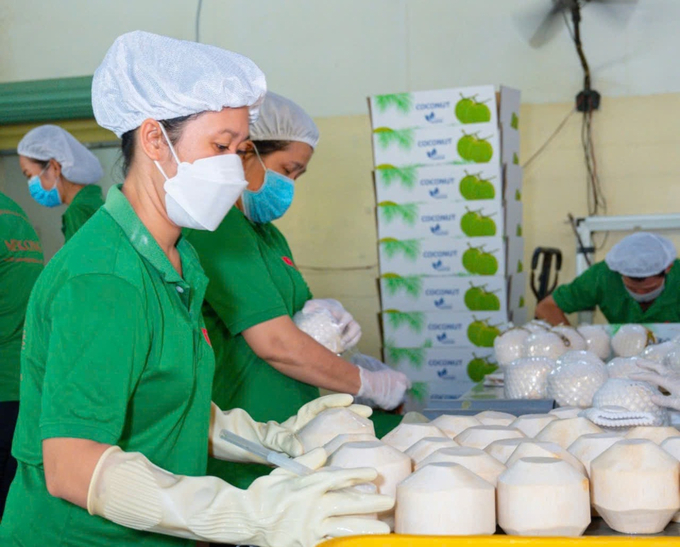
Processing fresh coconut for export at MEKONG Fruit Import Export Company Limited. Photo: Minh Dam.
Currently, the Mekong Delta's coconut producers and businesses are optimistic about the promising future of this industrial crop, as MARD has successfully negotiated and signed a protocol that permits the official export of fresh coconuts to the Chinese market.
Mr. Tran Van Duc, Chairman of the Board of Directors of Ben Tre Coconut Investment Joint Stock Company, estimates that China utilizes approximately 2.6 billion fresh coconuts and 1.5 billion coconuts for processing annually, with domestic production only meeting 10% of this demand.
As of June 2024, the coconut area in Ben Tre, which is referred to as the "Land of Coconuts in Vietnam," exceeded 79,000 hectares. The local economy generates more than 400 million USD annually from the coconut industry. The area of green Siamese coconuts used for potable water is 15,865 hectares, which accounts for approximately 20% of the total.
In order to export fresh coconuts to other countries, the industry has prioritized the training, advice, and transfer of coconut care techniques to establish a raw material area that satisfies the productivity and quality standards of the export market, as per the Department of Agriculture and Rural Development of Ben Tre province. Furthermore, they are assisting businesses in the establishment of cultivation areas and the preparation of the requisite documents in accordance with regulatory requirements. Ben Tre province has identified 113 planting areas that span roughly 8,380 hectares, with over 12,800 households participating in these production zones.
Mr. Huynh Quang Duc, Deputy Director of the Department of Agriculture and Rural Development of Ben Tre province, stated that the establishment of planting area codes and export-standard packing facility codes has provided significant motivation for businesses within and outside the province to register. This has opened up a very bright future for the coconut industry of the province in particular and Vietnam in general.
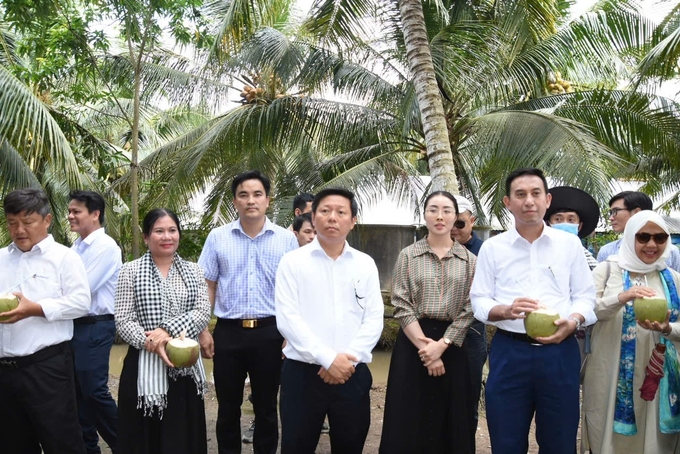
Mr. Tran Thanh Lam (middle), Standing Deputy Secretary of Ben Tre Provincial Party Committee, acted as a “tour guide” to introduce to businesses and scientists the coconut material area that Ben Tre province is building within the framework of the Ben Tre Coconut Industry Scientific Conference which took place from August 15-16. Photo: Minh Dam.
Mr. Bui Duong Thuat, Director of MEKONG Fruits Import-Export Co., Ltd. (Chau Thanh district, Ben Tre province), a company that specializes in the export of fresh coconuts, expressed his enthusiasm for the addition of another significant customer. The company has established a 50-hectare planting area in collaboration with local farmers, with the support of the Ben Tre provincial administration. The Plant Protection Department has already received the documents.
"The company and farmers are preparing everything to welcome the inspection team to come, work, and review our application for the area code," indicated Mr. Thuat.
The area dedicated to coconut cultivation, particularly for drinking coconuts, has consistently increased in Tien Giang province over the years. At present, coconut is one of the most extensively cultivated commodities in the province, with drinking coconuts comprising approximately 60% of the crop. The districts of Cho Gao, Chau Thanh, Tan Phu Dong, and Go Cong Tay are the primary locations for coconut cultivation.
The Tien Giang Provincial Crop Production and Plant Protection Sub-Department has established 47 planting area codes for nearly 3,500 hectares of fresh coconuts that are intended for export to the Chinese market. It has been associated with enterprises that have entered into consumption agreements with local farmers. The Plant Protection Department has received the requisite documentation to inspect and approve the codes.
Mr. Vo Van Men, the Head of the Crop Production and Plant Protection Sub-Department of Tien Giang province, further stated, "We acknowledge the necessity of effectively managing the pests of concern to the Chinese market to ensure the sustainable export of fresh coconuts."
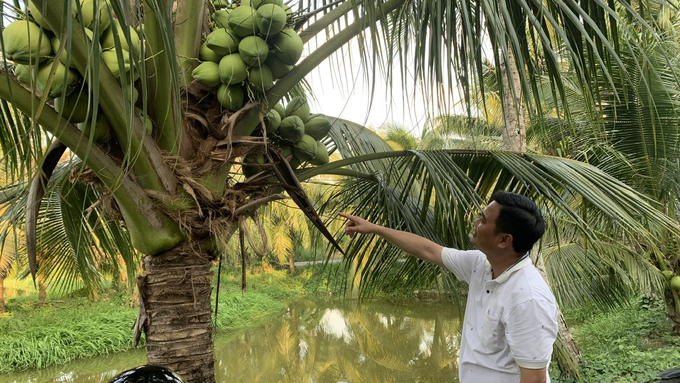
Farmers follow guidelines for growing coconuts that meet export standards. Photo: Ho Thao.
Mr. Le Van Dong, the Deputy Director of the Department of Agriculture and Rural Development of Tra Vinh, reported that the province currently has nine planting areas, which collectively cover approximately 1,242 hectares. These areas are being considered for the implementation of planting area codes for the export of coconuts to the Chinese market, including drinking coconuts. The Plant Protection Department has been requested by the Tra Vinh Crop Production and Plant Protection Sub-Department to review, compile, and negotiate the issuance of export codes. The appropriate procedures have been completed. Concurrently, they are assisting producers in the planting of new coconuts and the renovation of existing coconut gardens. They are also assisting businesses in collaborating with cooperatives and production groups to register for certification, assessment, and management of raw material areas in accordance with GlobalGAP and organic standards. Their primary objective is to apply digital transformation to ensure transparency in transactions and sales.
The agricultural sector has recently directed the cooperative to disseminate technical guidelines for coconut cultivation to the producers in the Thanh Chi Agricultural, Cang Long district (Tra Vinh province). With the assistance of 246 agricultural households, the cooperative has established a raw material area that spans 112 hectares. The annual production of the cooperative is approximately 6,000 tons, and it produces two popular varieties of coconuts: green Siamese coconuts and strawberry coconuts.
To effectively manage vermin, cooperative members maintain their gardens and eliminate weeds regularly. Pests seek assistance from the district's Plant Protection Station when they emerge. To compile information for the commune's People's Committee, farmers meticulously document production and harvest logs.
The Mekong Delta region's total coconut cultivation area had attained approximately 171,000 hectares by the conclusion of 2023. Bến Tre, Tra Vinh, Tiền Giang, and Vĩnh Long are the provinces with the largest coconut-growing areas, with a total of over 79,000 hectares (40%), nearly 27,500 hectares, 22,500 hectares, and 11,000 hectares, respectively. The coconut industry in this region is primarily composed of two groups: coconuts for oil extraction and coconuts for imbibing. The drinking coconut group comprises dwarf varieties that yield small crops with sweet water (Brix level above 7) and flower early, after 2.5-3 years. Green Siamese coconuts, red Siamese coconuts, and pandan coconuts are among the most popular varieties, with an average annual yield of 100-159 specimens per Tree.
A brighter future for coconut producers throughout the nation is anticipated with the official opening of the Chinese market, which will consist of fresh coconuts. Nevertheless, the fresh coconut industry continues to encounter numerous obstacles.
The seasonal nature of the Chinese fresh coconut market is one of the most significant concerns. It is in high demand during the summer but frequently encounters a decline in the winter. This seasonality presents a challenge for businesses that are required to purchase coconuts "in bulk" from farmers, which makes it difficult to effectively manage the market supply during off-peak seasons.
Additionally, the fragmented character of coconut cultivation is another concern. The average coconut cultivation area per household in Ben Tre is a mere 0.4 hectares. Bến Tre has acknowledged this issue and has organized zones for the production of fresh coconut raw materials; however, the area is still restricted.
The absence of uniformity in coconut production presents an additional obstacle. Nevertheless, farmers cultivate a variety of coconut varieties, resulting in non-standardized products, despite the fragmented agricultural areas. It becomes challenging to accumulate adequate quantities to satisfy the demands of importers who require consistent quality.
The efficacy and sustainability of the fresh coconut value chain in this newly opened market must be improved by taking decisive actions to construct large-scale raw material zones in order to address these challenges. Mr. Tran Van Duc also emphasized the importance of "knocking on the doors" of numerous other markets.
Translated by Linh Linh
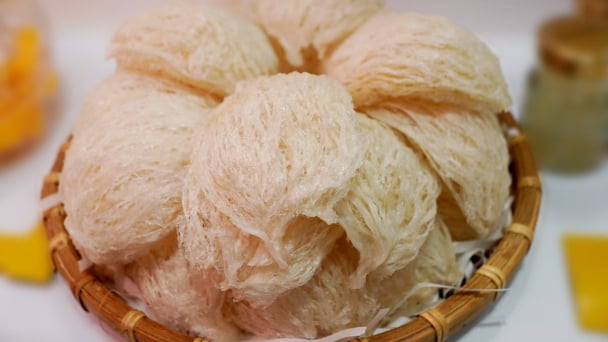
(VAN) As the world’s largest consumer of bird’s nest products, China is gradually becoming a 'golden' market for Vietnamese bird’s nests.
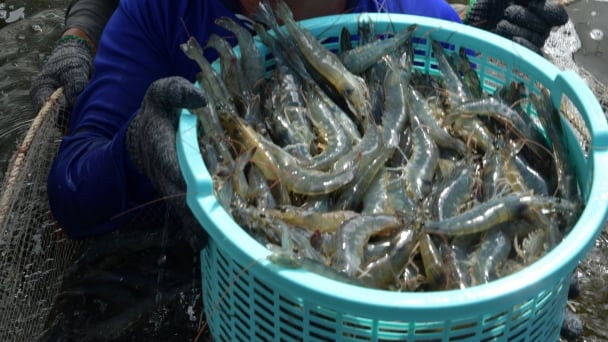
(VAN) Deputy Minister Phung Duc Tien has directed the fishery sector to diversify its farming objectives during the conference reviewing Q1 performance and outlining tasks for April and Q2/2025.

(VAN) Consumption and production falls in almost every market as industry fears a ‘generational’ change in drinking habits.
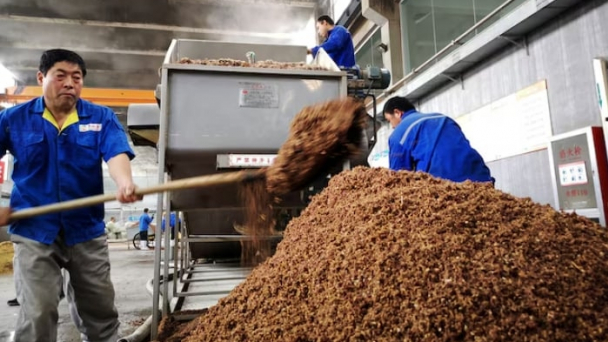
(VAN) U.S. President Donald Trump's trade war with China comes at a bad time for sorghum growers like Dan Atkisson in Kansas, who is nevertheless preparing to increase plantings by 25% this spring.
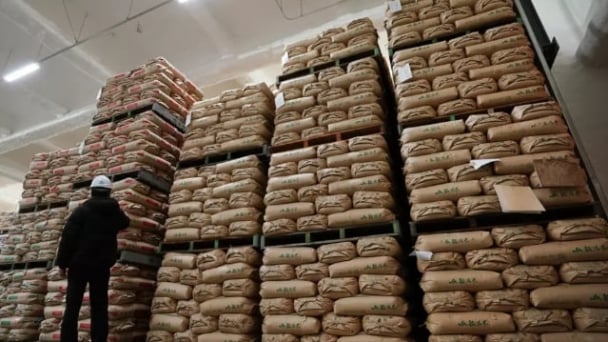
(VAN) Japan will sell more rice from its emergency stockpile through July in an attempt to stabilise soaring prices, the agricultural minister said.
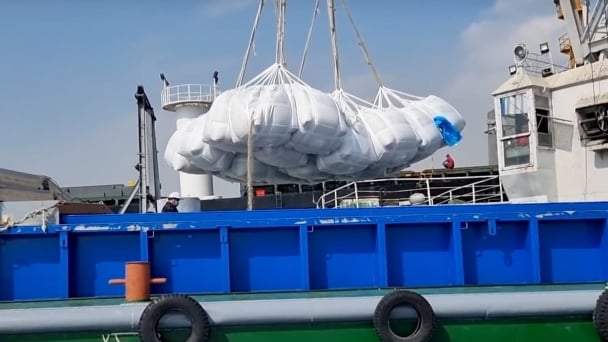
(VAN) The Philippines is making efforts to diversify its rice import sources in order to reduce its dependence on Vietnamese rice. However, Vietnamese rice has managed to maintain its strong position in this market.
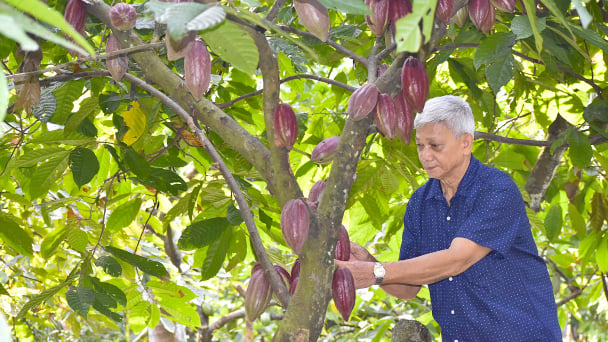
(VAN) In the Mekong Delta, cocoa has provided stable economic returns for many years. Recently, a surge in cocoa prices has created a strong incentive for farmers to expand their cultivation areas.